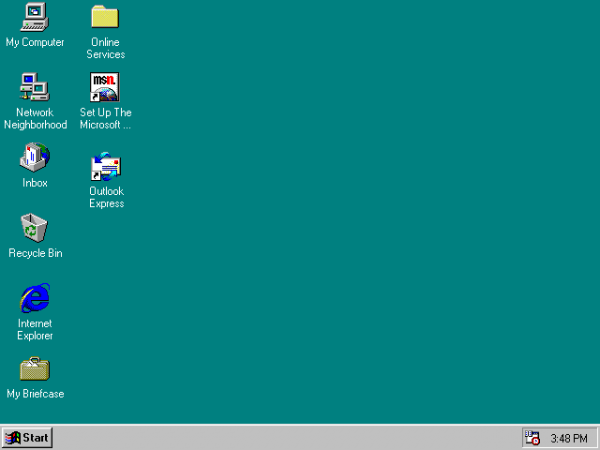There's been a ton of talk with regards to Windows 8 and what it will mean for the PC industry moving forward but as we look ahead, it can be equally as important to look back at where we've been and how we arrived here. Many would argue that Microsoft had a large role in the PC revolution by releasing a single product 17 years ago today: Windows 95.
The operating system that helped Microsoft become a household name was a huge improvement over Windows 3.1 as it became the first version of Windows to be a standard factory install on most PCs. Perhaps the biggest difference in the eyes of the consumer was the new graphical user interface (GUI). Aside from pure aesthetics, Windows 95 featured a much improved "plug and play" system that facilitated hardware installations and reduced conflicts while lower level changes moved the OS from a 16-bit architecture to a 32-bit, multitasking-friendly architecture.

Windows 95 was a commercial success although it did ultimately lead to an antitrust case against Redmond in 1998. A later version of the OS came bundled with Internet Explorer 4.0 which the plaintiffs claim gave Microsoft monopoly power over the browser market. Competitors like Netscape Navigator and Opera had to be downloaded over slow 56k connections or purchased in stores while Internet Explorer was available to anyone using Microsoft's latest OS.
Windows 98 was released three years later although 95 was supported by Microsoft until December 31, 2001.